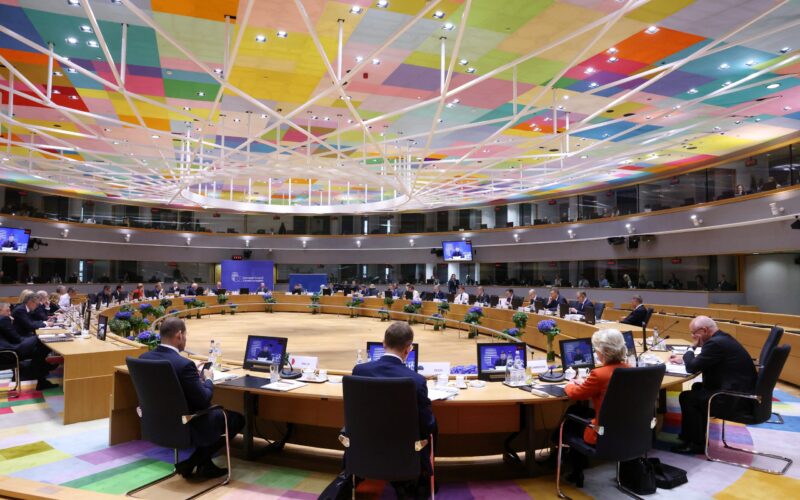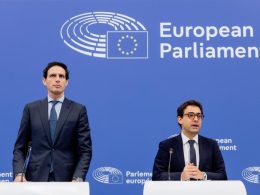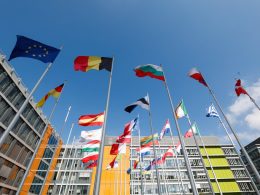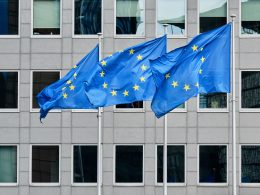The European Union has approved a landmark regulation establishing the first EU-level certification framework for permanent carbon removals, carbon farming, and carbon storage in products. This voluntary framework is aimed at promoting high-quality carbon removal and soil emission reduction activities, serving as a complement to ongoing emission reduction efforts and reinforcing the EU’s commitment to achieving climate neutrality by 2050.
The regulation covers various activities, including permanent carbon removals that capture and store atmospheric or biogenic carbon for centuries, such as bioenergy with carbon capture and storage (BECCS) or direct air capture with storage. It also includes carbon storage activities in durable products like wood-based construction materials, which must store carbon for at least 35 years, and carbon farming initiatives that enhance carbon sequestration in soils and forests or reduce greenhouse gas emissions from soils over a minimum of five years. These activities are designed to mitigate environmental impacts while providing a pathway to reduce atmospheric carbon levels.
To ensure the credibility of certified activities, the regulation outlines four key certification criteria. Projects must demonstrate a quantifiable net carbon removal or soil emission reduction benefit and meet additionality requirements by exceeding existing legal obligations and relying on certification incentives for financial viability. Long-term storage of carbon must be ensured, minimising the risk of re-release into the atmosphere. Furthermore, certified activities must avoid significant environmental harm and aim to deliver co-benefits for broader sustainability goals. Independent third-party bodies will verify all certifications to maintain transparency and accountability.
The regulation also introduces certification schemes that operators must adhere to for compliance. These schemes will be supported by robust monitoring, verification, and reporting rules, alongside liability mechanisms to address potential carbon releases. To enhance transparency, an EU-wide electronic registry will be launched four years after the regulation’s implementation, providing full traceability for certified units representing net carbon benefits generated by approved activities.
This regulation is a culmination of efforts that began with a November 2022 proposal by the European Commission to create an EU-wide framework for certifying high-quality carbon removals. After extensive negotiations, the final agreement was reached in February 2024 and now stands as a cornerstone of the EU’s climate policy. With its implementation, the EU aims to foster innovative solutions for carbon capture and soil emission reductions while ensuring these activities are aligned with broader environmental and sustainability objectives.
The framework is set to play a pivotal role in balancing carbon removal efforts with emission reductions, ensuring that Europe’s journey toward climate neutrality is both comprehensive and effective. It will now be published in the EU’s Official Journal, coming into force 20 days later and becoming directly applicable in all member states.





















